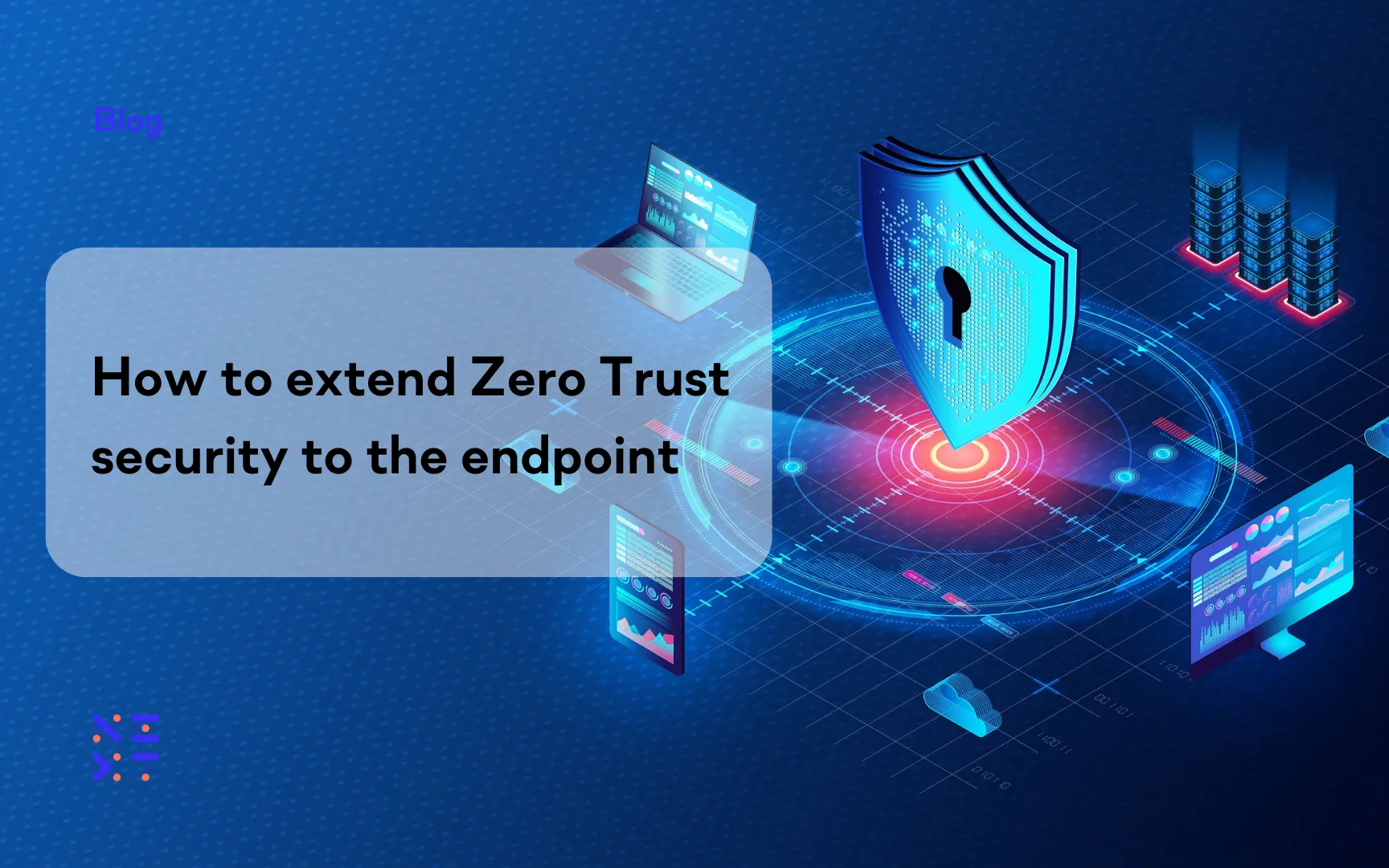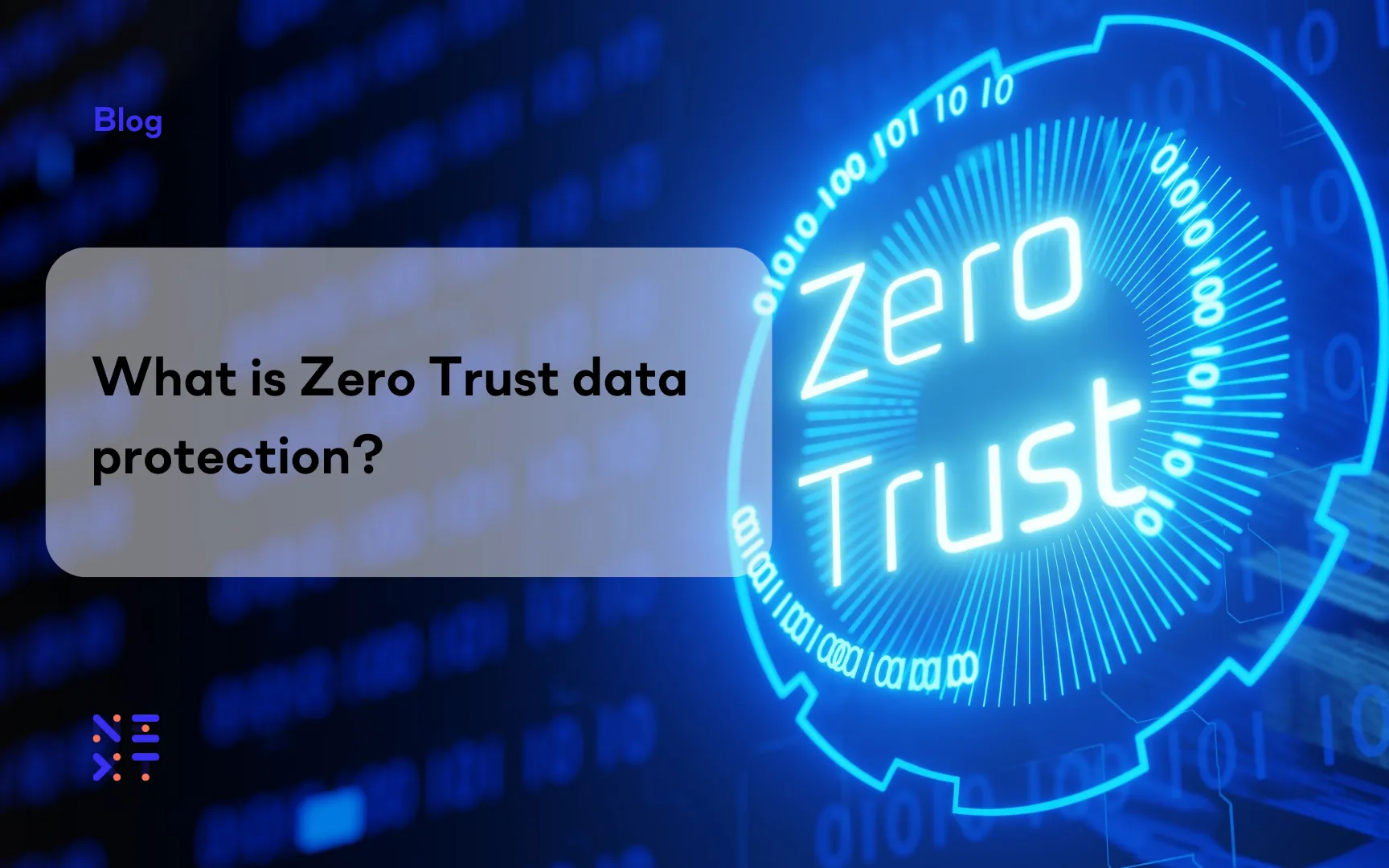Fortinet Acquires Next DLP Strengthens its Top-Tier Unified SASE Solution
Read the release

The Gartner Magic Quadrant (MQ) Report presents market research data in a visually appealing form that focuses on a company’s completeness of vision and its ability to execute that vision effectively. The report looks at different types of enterprise software ranging from backup and recovery tools to data loss prevention (DLP) solutions. The report’s graphical representation of a company’s vision and execution highlights market leaders at a glance.
The Gartner Magic Quadrant report is a visual comparison tool that companies rely on to inform technology buying decisions. Gartner evaluates vendors based on multiple factors, essentially ranking vendors in a plot chart.
The MQ report uses the familiar format of a graph with four quadrants — the kind many of us remember from studying basic mathematics at school. Gartner uses the graph to subjectively evaluate the offerings of software vendors that address a specific problem faced by enterprise IT departments.
The purpose of the report is to provide decision-makers who control IT budgets with a unique perspective on available software solutions. This, in turn, can help them to select the one that works best for their organization.
The four quadrants of the report are as follows:
Software vendors are then evaluated on two primary criteria, each represented by an axis on the report’s main graph.
Ability to execute
The graph’s vertical axis is used to gauge a software vendor’s ability to provide a viable enterprise DLP product that meets customer requirements for features and functionality. It also evaluates the company’s ability to provide high service levels and effective customer support. Factors that are used to weigh the offerings of different vendors include:
Ratings are influenced by a vendor’s understanding of the market and how it addresses customer concerns and promotes a positive user experience.
Completeness of vision
The graph’s horizontal axis represents a software vendor’s completeness of vision. Vendors earn higher scores by demonstrating a strategy for the future and an ability to execute that strategy. Scoring is influenced based on a DLP software solution’s network performance, endpoint performance, data discovery capabilities, and management consoles.
Factors that go into a company’s rating include:
Vendor placement on the graph
The bottom left corner of the graph represents the minimum score for the two criteria. As vendor placement moves up and to the right, it indicates that the vendor has a more complete vision and a better ability to execute their vision effectively.
Niche players are located in the bottom left quadrant, with visionaries in the bottom right. The upper left is for challengers, and the top right is where the market leaders are listed. A glance at the chart gives decision-makers an informative view of the products they may be considering for their environment.
Gartner stopped producing its Magic Quadrant report on enterprise DLP solutions in 2017 because it felt the market had matured to the point where it was better represented in a more standard market guide. The Gartner DLP Market Guide provides information regarding the various types of data loss prevention products on the market and how they can be used to address business requirements.
For instance, the guide looks at the differences between enterprise DLP solutions, integrated DLP solutions, and cloud-based DLP tools. Gartner offers in-depth discussions of each type of solution and talks about which kind of DLP tool companies should be considering. They make recommendations based on a prospective customer’s current IT environment and available resources.
A lot has changed in the world of DLP software since 2017. While Next Reveal was included in Gartner’s 2021 Market Guide for Data Risk Prevention and its 2022 Market Guide for Insider Risk Management Solutions, it might be time for Gartner to produce another Magic Quadrant that concentrates on the features, benefits, and functionality of innovative and modern DLP solutions. If Gartner decides to resurrect its Magic Quadrant Report for DLP, several new capabilities should be used to differentiate the software vendors who make the list.
Using Next as our example, let’s look at how data loss prevention software has evolved in the past several years. We will investigate the new features and benefits a modern DLP solution provides to organizations that need to protect their valuable information.
Next DLP’s mission is to reinvent data protection to meet the needs of modern distributed organizations. Its vision and ability to execute would land it in the top right quadrant of a Gartner Magic Quadrant Report as a leader in modern DLP solutions. Get in touch with Next DLP or book a demo and start protecting your company’s valuable data with a next-generation solution built with today’s technology.

Blog

Blog

Blog

Blog

Resources

Resources

Resources

Resources
